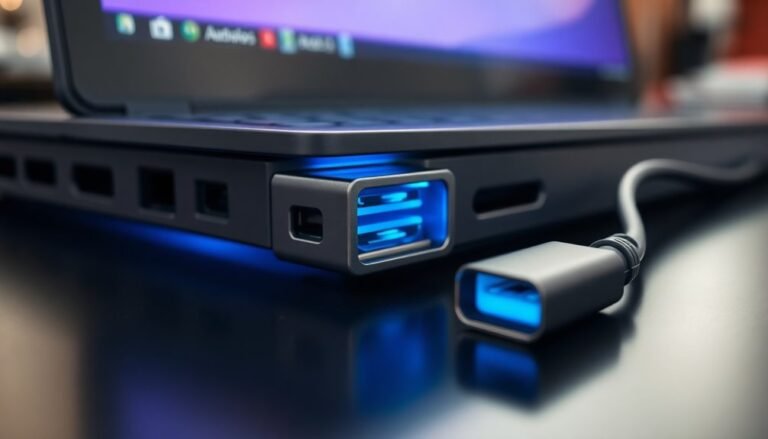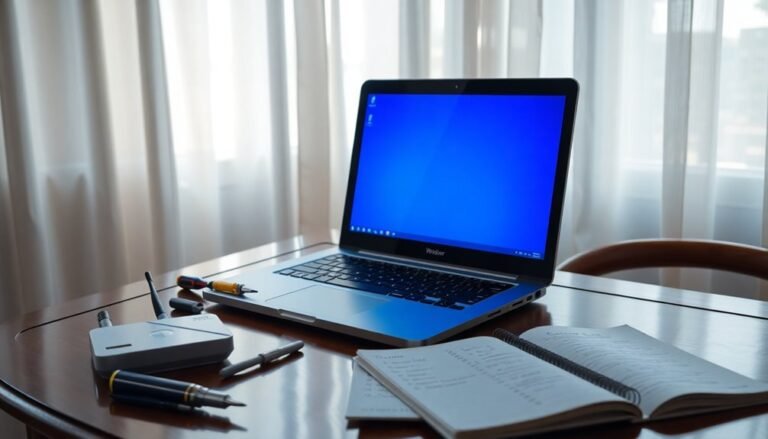Headphone Jack Not Working Windows 11: Fix Audio Jack Issues
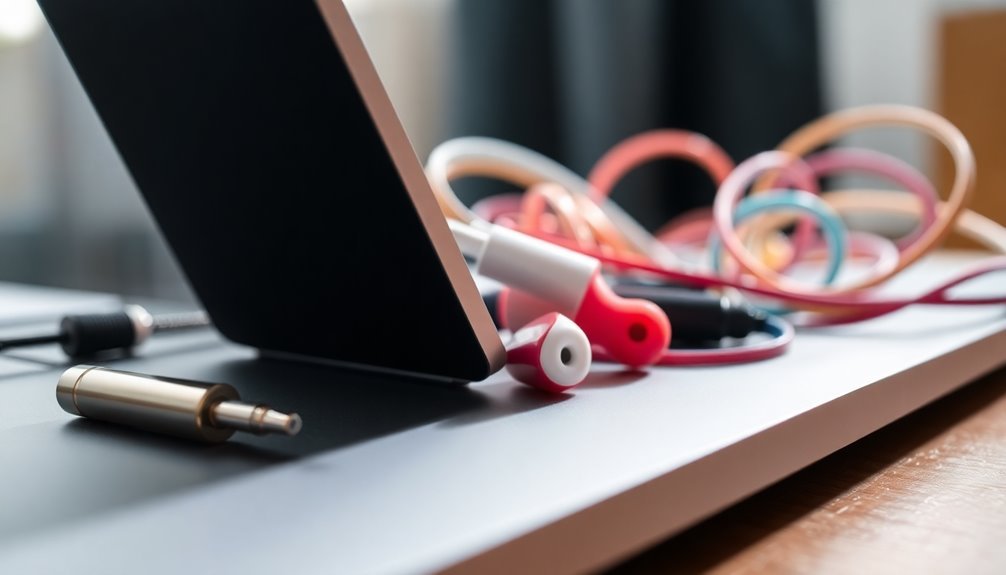
If your headphone jack isn’t working on Windows 11, start by checking the physical connection. Confirm that the headphone plug is secure and free of debris.
Next, verify the correct audio output device is selected in settings. Additionally, check that the volume isn’t muted.
Consider updating or reinstalling your audio drivers via Device Manager. It’s also a good idea to check for any system updates that could impact your audio settings.
If problems persist, continue exploring other solutions to effectively resolve the issue.
Physical Connection and Hardware Checks
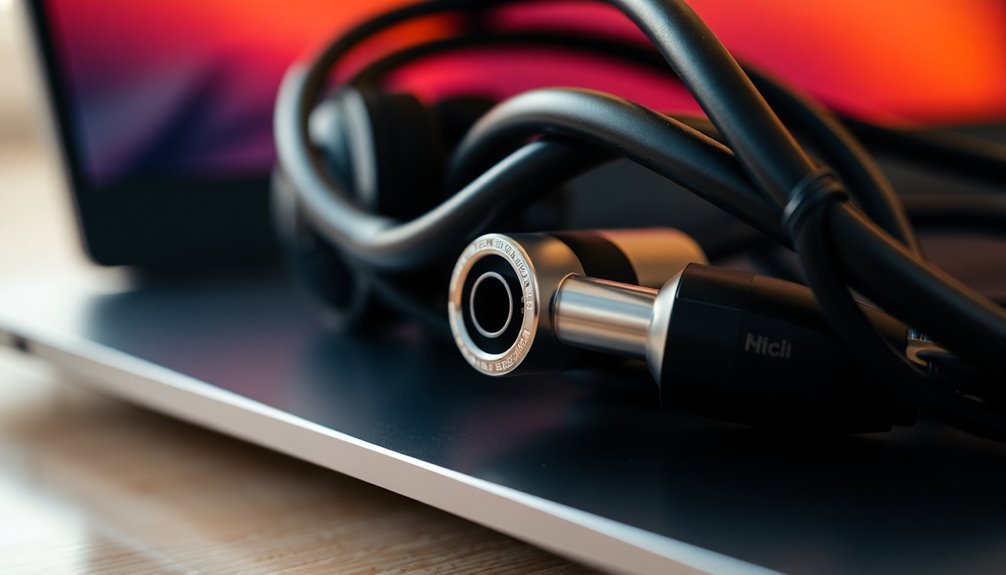
When troubleshooting headphone jack issues on Windows 11, it’s essential to start with a thorough examination of physical connections and hardware.
Begin by ensuring that the headphone plug is securely inserted into the correct audio jack, as it’s easy to confuse input ports. Next, carefully inspect the headphone jack for any debris or potential damage; using a flashlight can help you identify lint, dust, or corrosion that may obstruct the connection.
To confirm that your headphones are working correctly, test them on another device. Additionally, if available, try a different pair of headphones in the same jack to determine whether the original headphones are at fault. Check physical connections is crucial, as loose plugs may disrupt audio signals.
It’s also wise to gently wiggle the headphone plug to check for any loose components; however, avoid using excessive force when inserting or removing your headphones to prevent further damage.
If you’re utilizing adapters or extension cables, make sure they’re functioning properly, as faulty accessories can contribute to connectivity issues.
Should you discover any damage or blockage in the headphone jack, consider seeking professional repair or replacement options for your hardware.
Windows 11 Sound Settings and Troubleshooting
Ensuring your headphone jack and hardware are functioning properly is the first step in resolving audio issues on Windows 11. Once you’ve checked that, it’s crucial to examine your sound settings. Start by verifying that the system volume isn’t muted. You can easily do this by clicking the speaker icon located in the taskbar and adjusting the volume slider.
Additionally, access the Volume Mixer to ensure that individual app volumes aren’t muted or set too low.
Next, check that the correct audio output device is selected. Look for the icon next to the volume slider to confirm this. If you’re utilizing Bluetooth headphones or external audio devices, make sure they’re properly connected by navigating to the Bluetooth & Devices settings.
If you’re still experiencing audio problems, running the Windows Audio Troubleshooter can help. Go to Settings > System > Troubleshoot > Other troubleshooters and select “Playing Audio,” then follow the on-screen instructions to detect and resolve any issues.
If the problems persist after troubleshooting, consider restarting the Windows Audio services. You can do this by typing “services.msc” in the Run dialog. Ensure those services are set to Automatic for optimal performance. Additionally, disabling any audio enhancements might help solve compatibility issues that could be affecting your audio output. Regularly updating audio drivers is vital to prevent common audio troubles. By following these steps, you can effectively troubleshoot and resolve sound issues on Windows 11.
Audio Driver Management
Effective management of audio drivers is essential for preserving sound quality and resolving headphone jack issues on Windows 11.
To get started, utilize Device Manager to easily update your audio drivers. First, open Device Manager, expand the “Sound, Video, and Game Controllers” section, right-click on your audio device, and choose “Update Driver.” Then, select the option “Search automatically for drivers” to help find the latest updates. Additionally, you might find further updates in the Windows Update Optional Updates section, which will necessitate a restart to implement any changes.
If you continue to experience issues, consider reinstalling the audio drivers. Uninstall your audio device via Device Manager, then restart your PC. Windows will automatically install the appropriate driver for you.
For those using Realtek drivers, it’s advisable to steer clear of manually installing .inf files; instead, rely on the official installers to avoid potential conflicts.
Don’t forget to regularly check for driver updates. This routine will ensure compatibility and optimal functionality, helping your audio devices perform smoothly at all times.
System and Software Updates
To ensure your audio jack operates seamlessly on Windows 11, it’s crucial to keep your system and software updated. Regular cumulative updates often contain essential patches and driver updates that enhance audio stability and functionality. By installing these updates, you can address known issues that affect audio jack detection.
Be aware that some updates may reset or modify your audio settings, which could result in temporary failures until adjustments are made. After installing any updates, always perform a restart of your device, as many fixes require a reboot to take effect.
If you continue to experience audio issues, check for any pending Windows updates, install them, and utilize the built-in troubleshooter through the “Get Help” app. Additionally, conflicts may occur with third-party audio software, so consider disabling or uninstalling such applications temporarily.
If you noticed audio problems following a specific update, you may want to roll back that update or manually reinstall drivers from your device manufacturer’s website to restore proper functionality.
Stay updated to enjoy a reliable audio experience on Windows 11!
Hardware Diagnostics and Professional Support
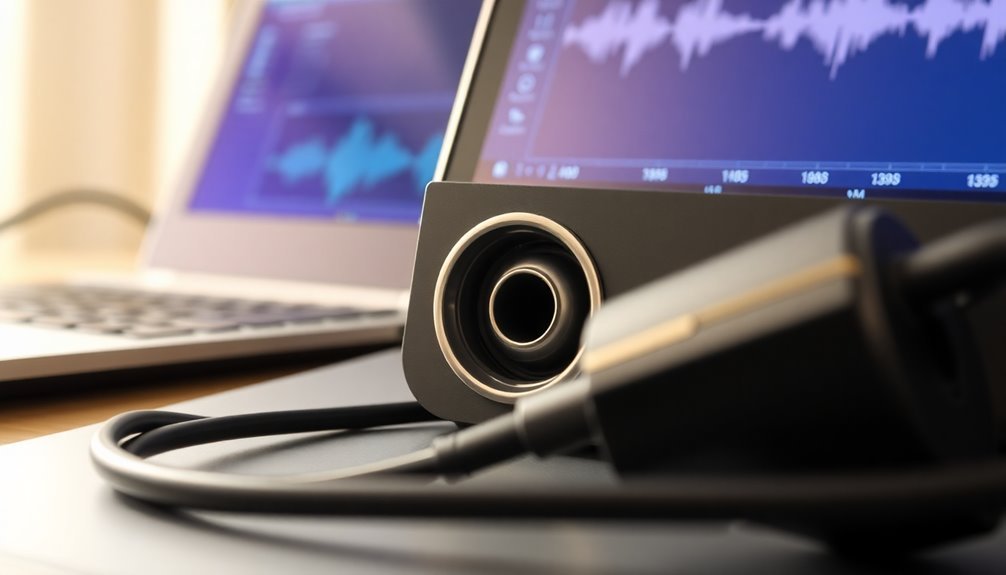
Even with the latest system updates, you may still encounter hardware issues with your headphone jack. To troubleshoot these problems, start by utilizing the built-in audio troubleshooter in Windows.
Simply navigate to Settings > System > Troubleshoot > Additional troubleshooters > Playing Audio to detect potential jack detection issues effectively.
Next, check the Device Manager under Sound, video, and game controllers. This can help you identify any malfunctioning devices, which may suggest a hardware or driver issue.
For more thorough diagnostics, consider third-party tools such as Dell SupportAssist or HP PC Hardware Diagnostics.
To further diagnose your headphone jack, test it with a pair of known-good headphones to rule out accessory faults. Additionally, inspect the headphone jack for any debris or damage that could affect its performance.
If you continue to experience persistent issues—such as unresponsiveness or failure to switch audio devices—don’t hesitate to contact your device’s manufacturer or consult a certified technician for professional assistance and potential repairs.
This proactive approach can ensure your audio experience remains seamless and issue-free.
Common Causes and Preventive Tips
While enjoying your audio experience on Windows 11, it’s essential to understand the common causes of headphone jack issues and learn how to prevent them. One of the primary causes is dirty headphone jacks and faulty cables, which can disrupt your audio connection. To avoid this, make it a habit to regularly clean your headphone jack and test your audio gear on different devices.
Outdated or corrupt audio drivers are another common issue that can lead to headphone jack problems; therefore, always ensure your drivers are up-to-date. Additionally, misconfigured audio settings may redirect sound away from your headphones, so it’s crucial to verify that your default audio output is set to the correct device.
Be mindful of how you unplug your headphones; abrupt disconnections can corrupt system states and lead to future problems. Environmental factors such as dust or humidity might also impact headphone jack performance, so keeping the area around your audio port clean is beneficial.
Lastly, using high-quality audio accessories can significantly reduce the likelihood of experiencing headphone jack issues.
Frequently Asked Questions
Can Using a Headphone Splitter Affect Sound Output Quality?
Yes, using a headphone splitter can affect sound output quality. It often reduces signal strength, potentially increasing background noise. For better audio fidelity, consider using high-quality splitters and verify your source output is adequate.
How Can I Identify Headphone Jack Damage Visually?
If your headphone jack’s screaming for attention, check for bent metal contacts, cracks in the casing, dirt accumulation, or loose parts. A careful visual inspection can reveal hidden damage affecting your audio experience.
Do Wireless Headphones Have Similar Issues With Windows 11?
Yes, wireless headphones can face similar issues with Windows 11, like pairing failures and audio dropouts. Disconnecting and reconnecting them, updating drivers, or restarting your PC often helps resolve these connectivity problems.
Can Faulty Audio Cables Cause Headphone Jack Problems?
Faulty audio cables often cause headphone jack problems, leading to static, intermittent sound, or complete audio loss. By replacing damaged cables, you’ll often discover the root cause of your audio issues. Don’t underestimate them!
Will Third-Party Drivers Improve Sound Quality for My Headphones?
Yes, third-party drivers can improve sound quality for your headphones by offering enhanced audio formats and customization options. However, verify they’re compatible with your hardware and be cautious of potential bugs or installation issues.
Conclusion
To sum up, if your headphone jack isn’t working on Windows 11, don’t just throw in the towel. Start with the basics—check your connection and settings, then explore drivers and updates. If all else fails, a little professional help can go a long way. By staying proactive, you can keep your audio issues at bay and enjoy a seamless listening experience. So, take the bull by the horns and resolve any headphone jack troubles today!



